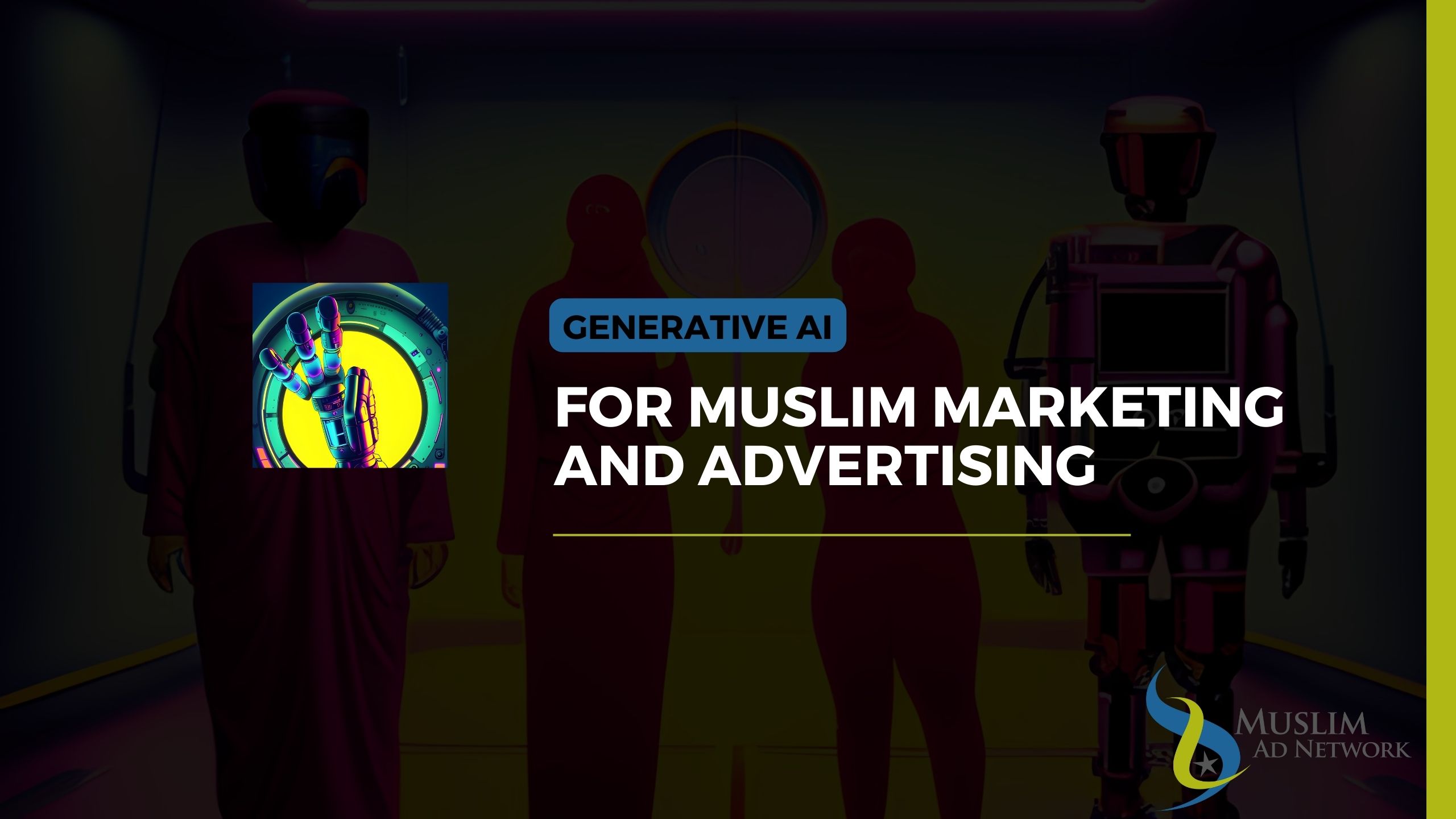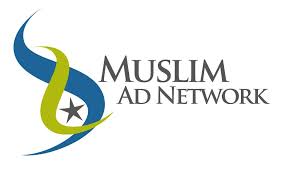
It seems there is no way around it for Muslim brands and the halal industry. Artificial intelligence (AI) is everywhere and if you want to advertise or market to Muslims, and get it right, AI is inevitable.
If you have not done so yet, please read “Highly Effective Artificial Intelligence for Powerful Muslim Advertising” where we make a case for AI advertising for Muslim audiences, and “What Muslim Brands Must Know About Meta’s AI-driven Advertising”.
Who is Using AI for Marketing and Advertising?
According to Forrester’s new “Global State of AI in B2B Marketing Survey,” AI is utilized in marketing by 67% of B2B organizations. According to the study, more than 70% of respondents intend to “moderately” or “significantly” increase their plans for using AI in marketing processes.
Meanwhile, according to a survey of 250 US marketing executives, at B2C companies with a minimum annual revenue of $100 million, AI is widely used for predictive analytics, primarily for customer-level predictions of future behavior (51%), and forecasting customer trends (50%).
According to an MIT Technology Review Insights report, sponsored by Databricks, called “Global CIO research on business value–oriented AI adoption”, the use of AI in marketing and advertising is expected to grow more prevalent in the coming years, with a fifth (20%) of executives worldwide claiming it will have become “critical” to their job functions by 2025.
Currently, the hottest topic on AI is generative AI.
What is Generative AI?
McKinsey&Company define Generative AI as follows:
Generative artificial intelligence (AI) describes algorithms (such as ChatGPT) that can be used to create new content, including audio, code, images, text, simulations, and videos.
Here are four different style images created with a text-to-image function that relies on generative AI. We used the keywords “hijabi”, “basketball”, and “no face”. The last keyword was used to make sure we do not create people with faces as this is regarded impermissible, according to Muslim scholars.

What is great about these images is that they can’t be found anywhere else online. This type of exclusivity gives brands some serious creativity ammunition.
Generative AI, which is based on machine learning, has many practical uses apart from creating images including creating new product designs and optimizing business processes.
ChatGPT is arguably the most popular trending generative AI tool at the moment and marketers and advertisers just can’t get enough of it. ChatGPT stands for generative pretrained transformer. It is OpenAI’s artificial intelligence chatbot, released in November 2022, that can answer any question..
According to McKinsey&Company, in just five days, over a million people signed up to use it.
What Does the Future of Generative AI Look Like?
Recently, a 53-page report on the anticipated impact of generative AI on marketing and communications was published. “Generative AI for Marketing: Use Cases, Technological Developments, and Trends (2023-2025)” informs us that:
- Although generative AI is disrupting marketing, human creativity or oversight remains necessary and this work may be technologically augmented in the future.
- Marketers will undoubtedly be early adopters and experimenters as popular notions of generative AI spread rapidly.
- Generative AI startups are introducing a broad spectrum of products and services, some of which are based on foundation models (an AI model trained on a large amount of unlabeled data which can be adapted to many applications).
- To incorporate generative AI into campaigns without jeopardizing results or other aspects of organizational performance, certain skills and strategies are required.
The potential of generative AI reaches far beyond marketing and advertising and brands need to know this so as not to underestimate the power of this technology. For instance, Brian Burke, Research VP for Technology Innovation at Gartner explains:
“Early foundation models like ChatGPT focus on the ability of generative AI to augment creative work, but by 2025, we expect more than 30% — up from zero today — of new drugs and materials to be systematically discovered using generative AI techniques. And that is just one of numerous industry use cases.”
In an article published in January 2023: “Beyond ChatGPT: The Future of Generative AI for Enterprises” Gartner highlights their expectations:
- By 2025, 30% of large organizations’ outbound marketing messages are going to be synthetically generated, compared to less than 2% in 2022.
- A major blockbuster film could be released in 2030 with 90% of the film produced by AI (from text to video), compared to 0% in 2022.
How Do I Get Started With Generative AI for My Muslim Business?
Don’t Rush But Don’t Delay
Even though generative-AI technology is exciting, your Muslim business should proceed with caution before assigning any of its core tasks entirely to generative AI. However, given the rapid pace at which this technology is developing and the explosive growth of its user base, failing to explore the possibilities that it offers could be just as risky. You can begin thinking about how your company could benefit from generative AI right now.
Don’t Rely on Generative AI for Your Content Yet
Currently, the content produced by ChatGPT is not sufficiently precise enough to be safely published. ChatGPT makes use of a large and powerful data set, but it only extends to 2021 at this point in time.
Amongst other things, this limitation means that a lot of its outputs are out of date. Content must be as fresh and relevant as humanly possible in the extremely fast-paced and constantly shifting world of online advertising.
The most concerning issue when employing ChatGPT for creating content is that Google appears to frequently regard AI-generated content as spam and devalues it in search engine results.
Design Your Generative AI Strategy
Determine how generative AI can add the most value to your halal business. Consider the following: creative design, merchandising, runway campaigns, or clienteling. Based on the potential impact on your business, prioritize the generative AI use cases you should investigate. Two examples of impact measures are increasing customer satisfaction and decreasing customer service wait times.
Once everything is in place, prioritize where you want to use generative AI based on its feasibility. This may also be determined by factors such as a team’s technical abilities. Create a short-term road map for testing and validating these use cases. Consider which long-term objectives to include, such as how to build a generative-creative platform that your marketing team can update and use.
It is probably tempting to have some fun with generative AI, but utilizing its power will take extra effort. Rather than haphazardly experimenting with existing tools, you must be deliberate in developing tools that can deliver value to Muslim Audiences.
Conclusion
The way in which we create content is being revolutionized every day with generative AI. By leveraging the power of this rapidly growing field of artificial intelligence you can create truly unique content, unlike anything that has been created before, for your halal business. With a diverse range of applications that go beyond images, video, and text there are numerous possibilities for marketing content for your halal advertising campaigns.
It’s an exciting time to dive into generative AI, and by gaining the necessary skills and knowledge while this concept is in its early stages, you have the power to navigate and shape the future.
start targeting muslim consumers